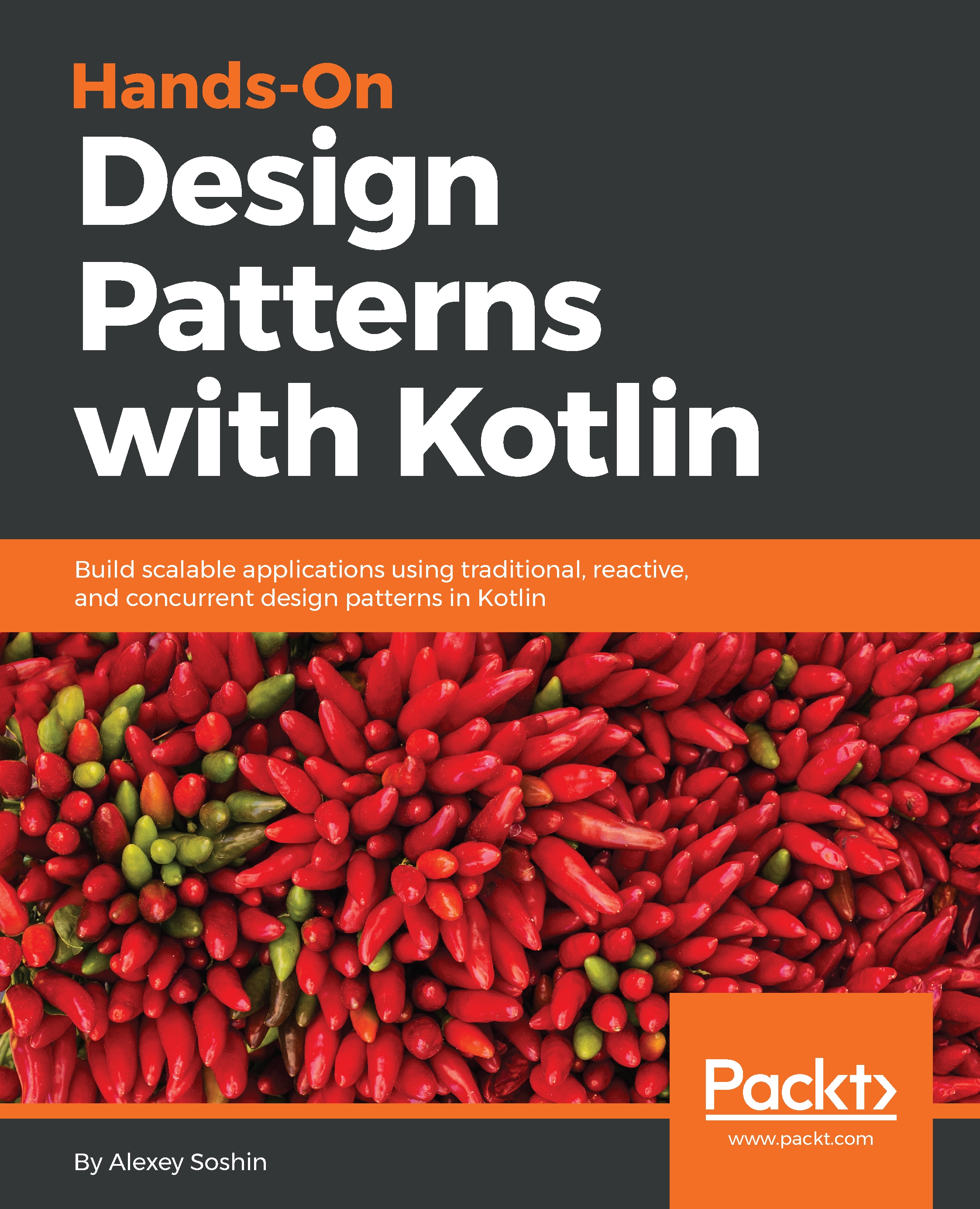In this chapter, we learned when and how to use design patterns from the Creational family. We learned about different usages of the object keyword: as Singleton, as a container for the Static Factory Methods, and as an anonymous implementation of an interface. We then saw the workings of the destructuring declaration and generics in Kotlin with the use of the in, out, and where keywords. We also learned about the default parameter values and named arguments, followed by the copy() function for data classes.
In the next chapter, we'll cover the second family of design patterns, Structural patterns. Those patterns help extend the functionality of our objects.


